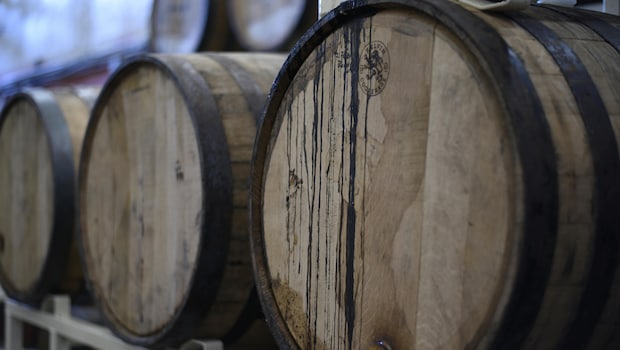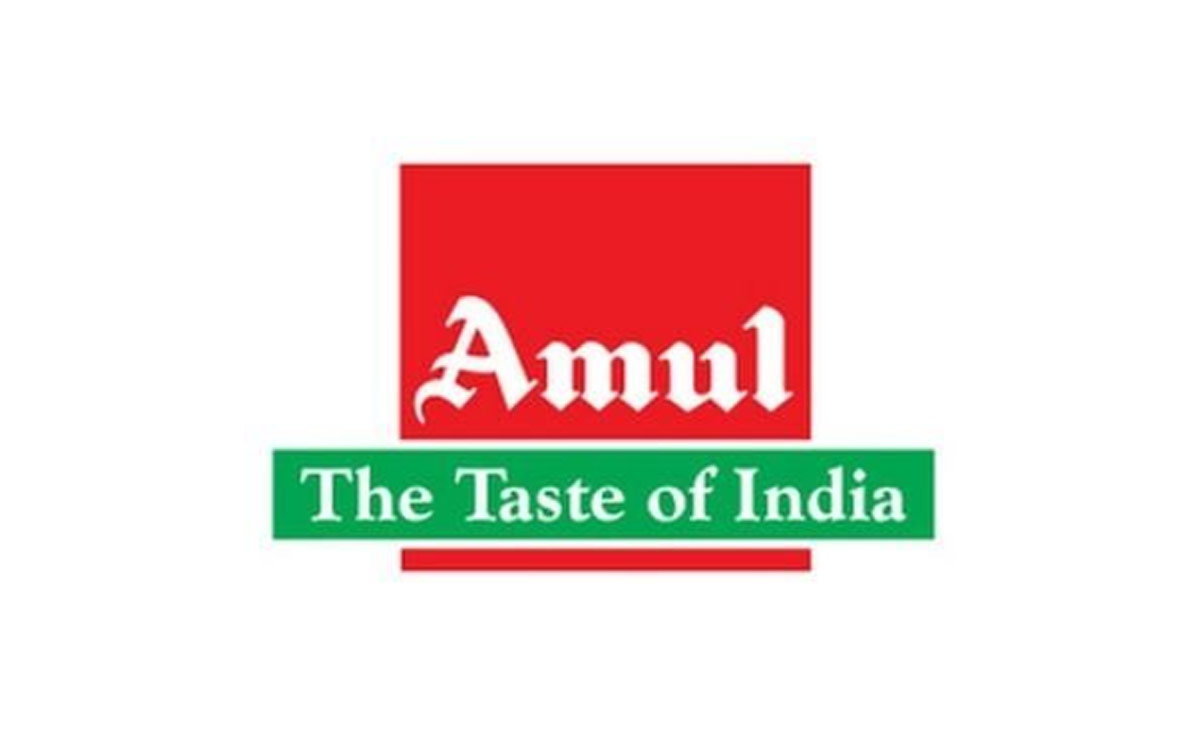Archaeological excavations never fail to captivate us. Digging through layers of earth often paves the way to stories from the past. From discovering a shard of pottery, a buried coin or coming across the ruins of an ancient settlement, every artefact is a silent nod to human life long forgotten. On a recent expedition, archaeologists made a rather interesting discovery related to Turkey's culinary scene. They uncovered an ancient wine production centre near the Kahta Castle, located in proximity to the village of Oymakli in the southeastern part of the country.
The wine production centre dates back 1600 years, with the excavation reported by Anadolu Agency (AA) on October 16, reported the New York Post. Additionally, archaeologists also came across grape-processing installations, vintage cisterns used to store water, and sturdy grinding stones in the site.

Wine production dates back as far as the 1600s
Photo Credit: (Representative Image)
Interestingly, these structures resemble Roman-era wineries found across the Mediterranean. Back in those days, grapes were manually pressed or with wooden beams, allowing the juice to simply flow through carved channels into stone basins. After that, they were stored for fermentation in large clay jars.
Also Read: Can Wine Be Healthy? 6 Amazing Health Benefits You May Not Know
The building foundations hint that the area dates back to the 4th century, depicting a time when Christianity was spreading rapidly across Turkey.
According to provincial museum director Mehmet Alkan, the building's foundations survived the test of time “remarkably well,” despite being built with irregular stones. He also assumed that the site might have operated on an industrial scale during the Roman era. Its vicinity to the Kahta Castle, an ancient fortress built during the 2nd century B.C, also indicates that the place served as a residential area at some point, claimed the museum director.
Also Read: Red Wine Or White Wine: Which Is Better For Your Health?
The Turkish Ministry of Culture and Tourism gave the green signal to execute the excavation process after experts uncovered fragments believed to hold historical importance. This Roman-era settlement, sprawled across approximately 37 acres, offers a peek into the bygone era like never before.
At present, officials have planned to excavate the site further and register the region as a protected archaeological area.








